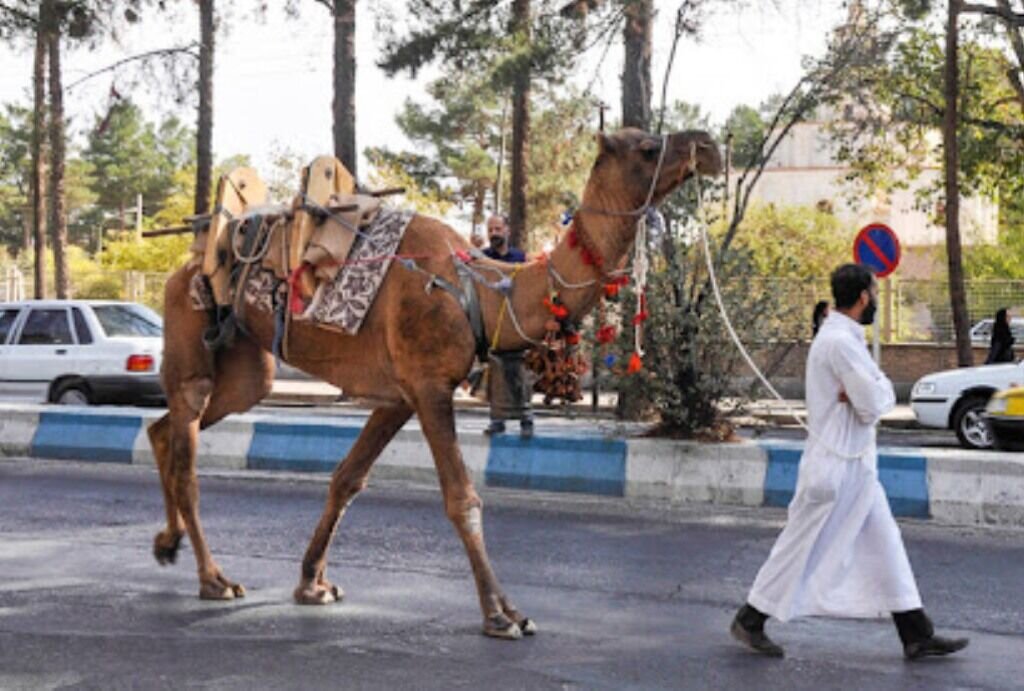Process of registering intangible cultural heritage works of Kerman starts

TEHRAN—Head of Kerman Cultural Heritage Department announced the formation and completion of the registration file for seven intangible cultural heritage works of the province on the National Heritage List.
Speaking at a press conference on Sunday, Morteza Nikrou added that the dossier of the seven intangible works of the province has been sent to the Council for the Registration of Works of the Ministry of Cultural Heritage, ISNA reported.
He said that some of these intangible works include the camel-herding ritual of Aliabad-e Olya village in Zarand county, and stone-baked bread in Najafabad village of Kuhbanan county.
Registering intangible cultural heritage is an effective step in preserving the cultural identity and transmitting indigenous values to the future generations, he pointed out.
This action ensures the continuation of traditional rituals, skills, and knowledge against oblivion and cultural assimilation, he added.
Kerman province, located in southeastern Iran, is known for its rich history and diverse landscapes. With its unique blend of culture, history, and natural beauty, Kerman province is a captivating destination for travelers.
Being home to seven UNESCO World Heritage sites, eye-catching gardens, and ancient monuments, Kerman city can be considered as a perfect museum illustrating various periods in Iranian history.
Kerman province is bounded by the provinces of Fars on the west, Yazd on the north, South Khorasan on the northeast, Sistan-Baluchestan on the east, and Hormozgan on the south. It includes the southern part of the central Iranian desert, the Lut Desert.
Kerman province, with an area exceeding 180,000 square kilometers is one of Iran's vastest provinces. It enjoys a variety of climates including warm, semi-dry, extremely dry, moderate, and cold.
Here in Kerman, the inhabitants fight the glowering face of desert difficulties, with patient smiles. Each monument in Kerman indicates some historical dimensions of the people's life. This makes Kerman a standing museum of various periods in Iranian history.
Many different kinds of stone and pottery works that belong to the 5th millennium BC have been dug up from the hills and plains of this land that indicate the antiquity of its civilization.
Kerman is home to myriad historical sites, gardens, and scenic landscapes such as Bazaar-e Sartasari, Vakil Bath, Fath Abad Garden, Shahzadeh Garden, Kaluts of Lut Desert and Bam citadel.
Vakil Bath in Kerman is located in the middle of Vakil Bazaar which was built 170 years ago, during the Qajar period, modeled on Ganjali Khan bath. It is believed that this bath was constructed upon the order of the Kerman ruler during that time according to an inscription inside the Vakil Bath in Kerman. Artistic architects of Kerman used fantastic tile and ceramic works to decorate this place and also amaze the next generations. This historic bath is now a traditional teahouse and is open to tourists.
Shazdeh Garden (Prince Garden) is a green oasis lying in the heart of the desert. Located near Mahan in the province of Kerman, Shazdeh Garden is one of the historical Persian gardens with a rectangular plan.
KD
